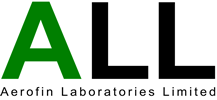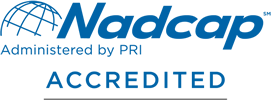Filiform Scribe Corrosion Creep | Aerofin Labs UK
Filiform & Corrosion Creep Testing
Article: Daniel French – MSc, BSc (Hons)
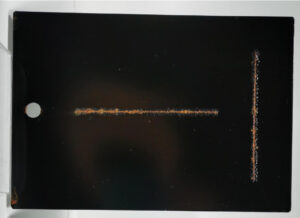
Scribe using eclipse e225 scribe tool. Evidence of scribe creep corrosion.
Exposure to corrosive environments such as salt spray, high humidity or cyclic corrosion can take considerable time and money. It is important to remember what the desired outcomes are and the evaluation methods to provide usable information.
This article will look take a brief look at the importance of scribe shape, application and tool used prior to exposure and how these can have an effect on the evaluation post exposure.
Scribe Shape:
Firstly, I’d like to discuss scribe shape and orientation. Scribe shape and orientation can take any form, for the purpose of this blog we shall look at those in ISO 17872. Scribe shapes outlined in ISO 17872 vary from simple single straight-line shapes, combinations of non-intersecting horizontal and vertical lines in L and T shapes and intersecting lines in an X shape.
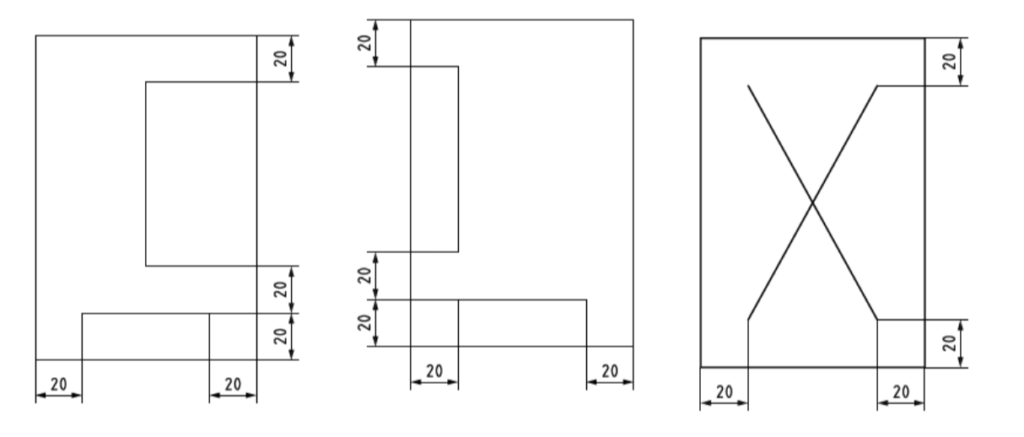
Scribe shapes outlined in ISO 17872
Choice of scribe orientation can have varying results, a simple vertical straight line exposed to high humidity will allow any moisture that develops on the surface to run down the scribe line. A horizontal straight line will have a certain amount of pooling which may cause more deterioration to one side of the scribe.
Where a combination of horizontal and vertical lines has been used, placement can be a key factor in evaluating results. The ISO standard outlines an upside-down T shape of non-intersecting lines, when exposed to humid environments moisture will run down the test piece. In this orientation, the horizontal bottom line is susceptible to potential rust run off from the vertical line; potentially inducing excessive corrosion.
Intersecting lines as demonstrated by the above X come with the same potential issues with moisture run off, where there is potential for scribe creep to develop more in the lower parts of the scribes. Evaluation methods in most cases will dictate a distance from the end of the scribe and intersection to omit from readings. The ISO standard outlines a minimum distance from edges and non-intersecting lines.
Scribe Application:
Secondly, we will look at scribe application. When introducing a scribe into a coating, it is important to apply adequate pressure to go through the coating to the substrate, however not too much pressure to cause excessive damage to the coating and substrate.
In the first instance, insufficient pressure will result in the substrate not being exposed creating a barrier between the substrate and the corrosive environment giving false passes and voiding the test. On the other hand, too much pressure can cause undesired damage to the substrate and coating, potentially resulting in a false failure.
Tool Used:
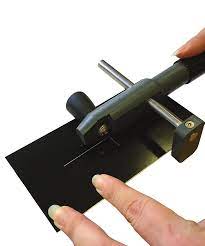
Sikkens Scribe Tool in use
The scribe tool used can have a large impact on the results. Where most specifications dictate the tool to be used, it is imperative the tool stated is the tool used. ISO 17872 Annex A/B go into great depth comparing the various tools available on the market such as a Sikkens Scribe Tool and Eclipse E225. Where some tools cause more damage to the substrate and coating than others.
The ISO standard also gives pictorial comparisons of different scribe tools on the same coating and substrate. Where the scribe creepage differs significantly depending on the tool used.
When a scribe tool hasn’t been outlined, select a scribe tool ensuring it is adequate for the coating/substrate in question and be consistent in its use on-going.
Evaluation:
Evaluation of scribe lines post exposure to corrosive environments generally follow the same formula. Loose coating is removed by adhesive tape, compressed air or suitable knife and measured.

Evaluation of scribe lines post exposure to corrosive environments generally follow the same formula.
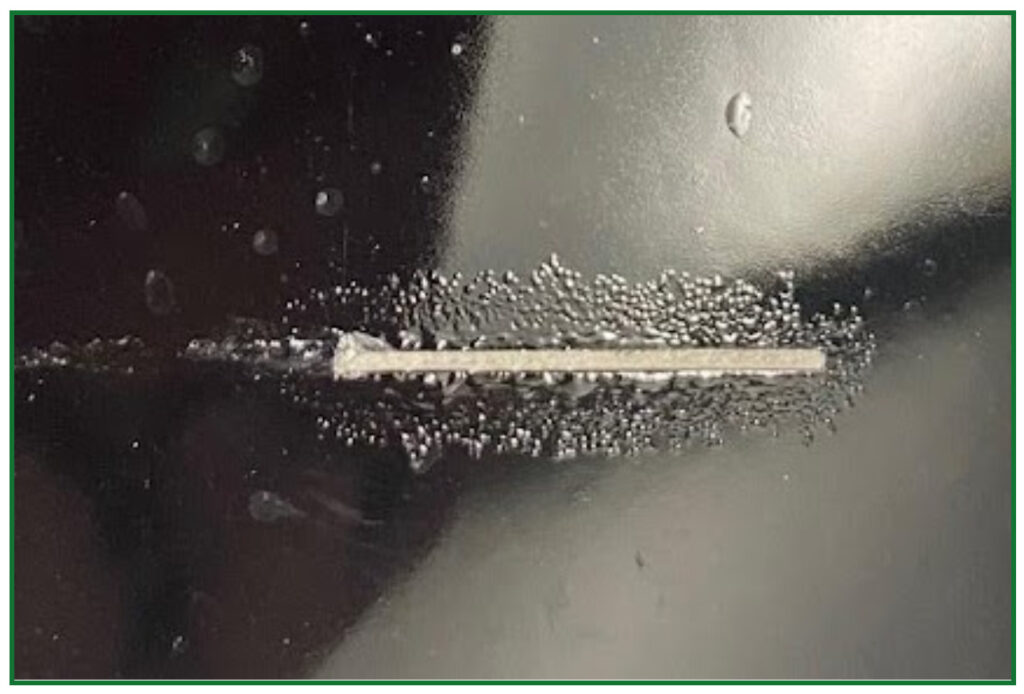
2mm sickens scribe with filiform corrosion.
ISO 4628-8 and ASTM D1654 follow this formula for evaluating scribe lines. Filiform filaments can develop when scribes are exposed to corrosive environments. Filiform filaments can be evaluated and rated in accordance with the ISO 10289 method for corrosion testing of metallic and other inorganic coatings on metallic substrates.
Other factors to be considered when evaluating a coating post exposure include:
ISO 4628-2 Assessment of degree of blistering.
ISO 4628-3 Assessment of degree of rusting.
ISO 4628-4 Assessment of degree of cracking.
ISO 4628-5 Assessment of degree of flaking.
ISO 4628-6 Assessment of degree of chalking by tape method.
ASTM G46 examination and evaluation of pitting corrosion.
ISO 10289 method for corrosion testing of metallic and other inorganic coatings on metallic substrates – rating of test specimens and manufactured articles subjected to corrosion tests.
